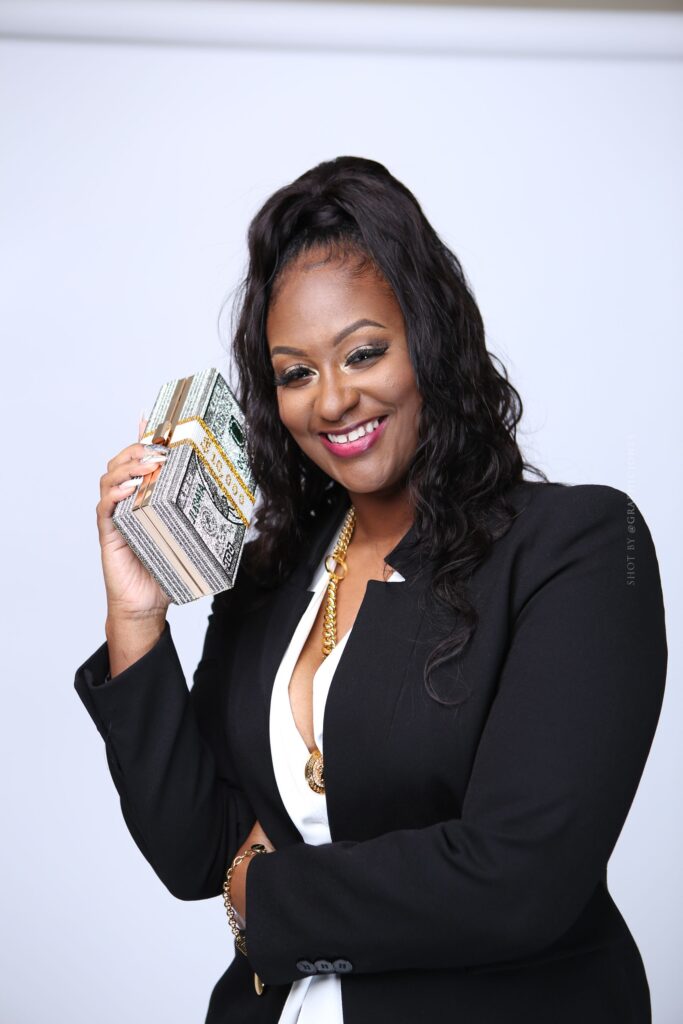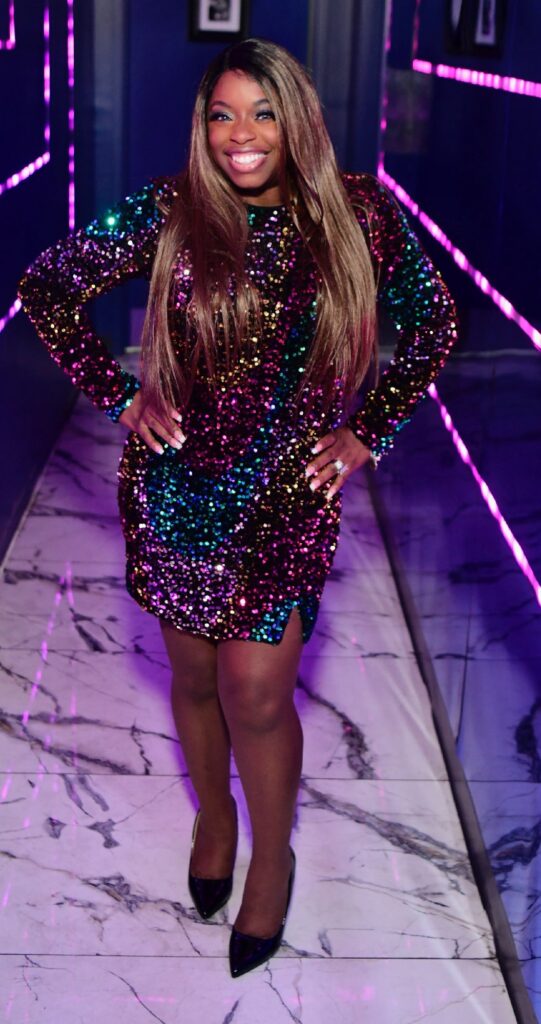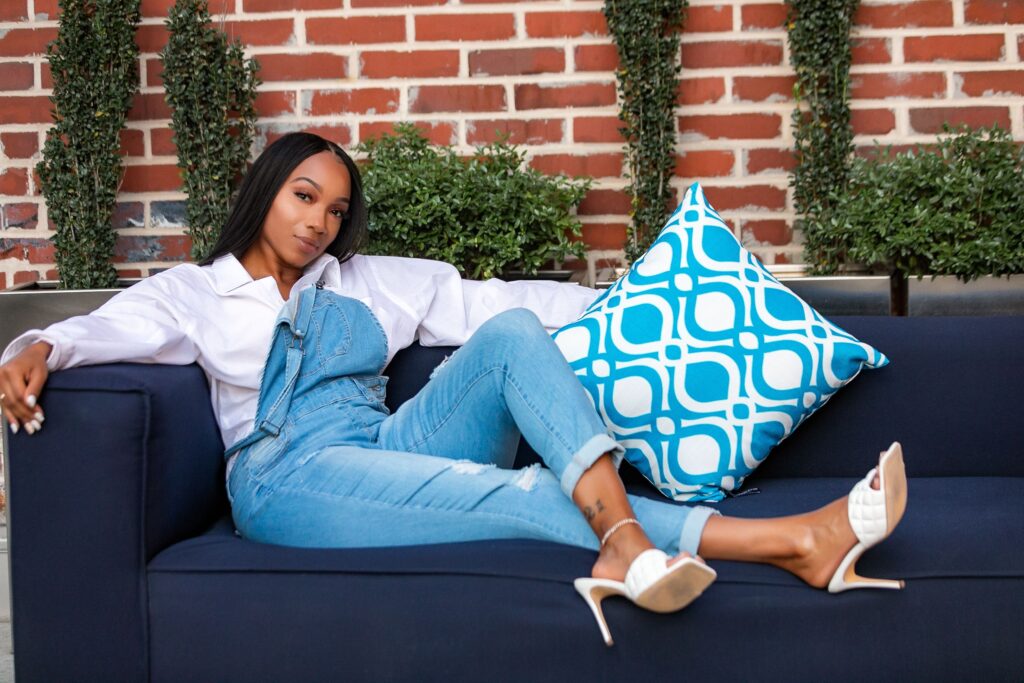When we think of Barbie Dolls, what comes to mind is evolution and representation.
At the beginning of the 1960s, there were only three black custom dolls from Mattel. Although the Barbie brand’s evolution has elevated so much during the creation and even career choice, the many different lifestyles, and even unique accessories. in the new millennium, inclusivity is most important to the new and old generation, but there’s no secret that there were always a celebration and a strong representation as well the right and equality when it came to black women in the ever-evolving doll industry.
For many young girls, a Barbie doll was more than just a collection and playmate. It was the segment of social inclusiveness even for a young girl, but for a young girl of color, it meant a little more than that.
Many of us, including those who had the obsession with collecting a Barbie, would make it even more impressive when the appearance was identical or similar to us. It’s an expectation I discovered in childhood, from the moment my parents delivered me a Black Barbie doll, one whose hair texture magically met mine.
The history of the black Barbie doll is intriguing. However, the story of black Barbie has a backstory of, in fact, the conversation started regarding Mattel’s African American employees; interestingly asked to insist on creating a Barbie that looked like them, far from classic Barbie inception and concept. Mattel didn’t exactly acquiesce for numerous amounts of years.
And as many stories’ intel, it tasks an actual black woman to design and take leadership to get black Barbie. The very first Barbie was a clear validation that the creator Black Perkins saw and continued with.
Black Perkins was the leading designer of color. For ten years, he was the only African American design at Mattel, and when she became in the position of being boss, she hired two other additional designers who were also African American. For those who don’t know Black Perkins is here her story:
Black Perkins, a Spartanburg, South Carolina native, had a modest upbringing and grew up without any Barbie dolls of her own. Like many maids, her mother was once a maid; just like many maids, she had the opportunity to work with the rich who would generally give their children toys they no longer wanted, including the classic enormous Shirley temple dolls.
After Perkins left her hometown, she entered the world of Los Angeles and graduated from Los Angles Trade Technical College. She then was seeking for her occupation of being a fashion designer. After learning she was allowed to interview Mattel, the first thing she did was make sure that Perkins came with a Barbie to get familiar with the product that she will drastically change one day.
She left that interview with her motto, “If it doesn’t look right on me, then it won’t look right on Barbie.’ “and from that moment and time that stuck with Perkins, being the very first African American designer, which ultimately changed and had become Mattel’s Chief Designer of Fashion and Doll Concepts.
After 40 years of celebrating the original Black Barbie Doll, Greening’s Black Barbie represents an homage to the initial Forty years later. His goal was to honor the milestone anniversary and the contribution Black Barbie made to the line and Barbie’s history. Her gown, accessories, and features are similar to — but not a replica of — the doll created by Kitty Black Perkins, whom he describes as a mentor.
As we appreciate the doll and several other dolls, either black celebrity influenced like the Brandy Doll, Scary Spice Doll, and currently, Maya Angelou, many others still question why is creating a black Barbie doll is so important?
For many of us, and sure we can all agree on representation, it’s an essential factor, and unfortunately, it’s still ongoing issue especially in our evolving industry (entertainment and, well, all sector). It has reached some primates almost in every area of life and moving forward just the emotional feeling and excitement as a young girl or collector finding a Black doll on shelf and Barbie Doll at that, but seeing different hair textures, skin tones, and perfections as well as imperfections that we all share and have in common.
At present, there are no inactive versions of Black Barbie for little girls and boys because Black Barbie endures in the field of opportunity, as an image of barrier-breaking multifariousness and composition and as a life-imitating-art-imitating-life role and design.
Black Barbie continues to be as important today as in 1980 — both for the young and the young at the essence of representation and the heart.
Image credit: BlackAmericaWeb.com
Follow Us On Social Media!




